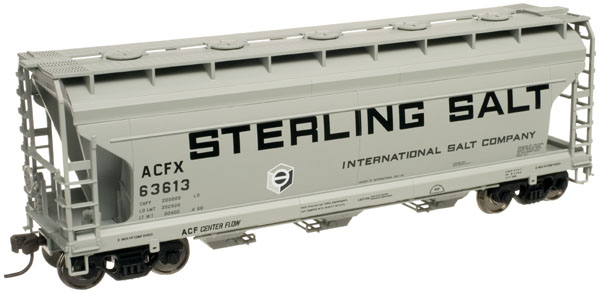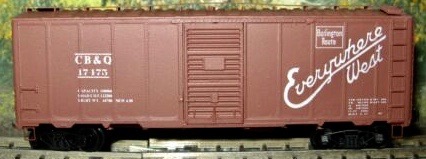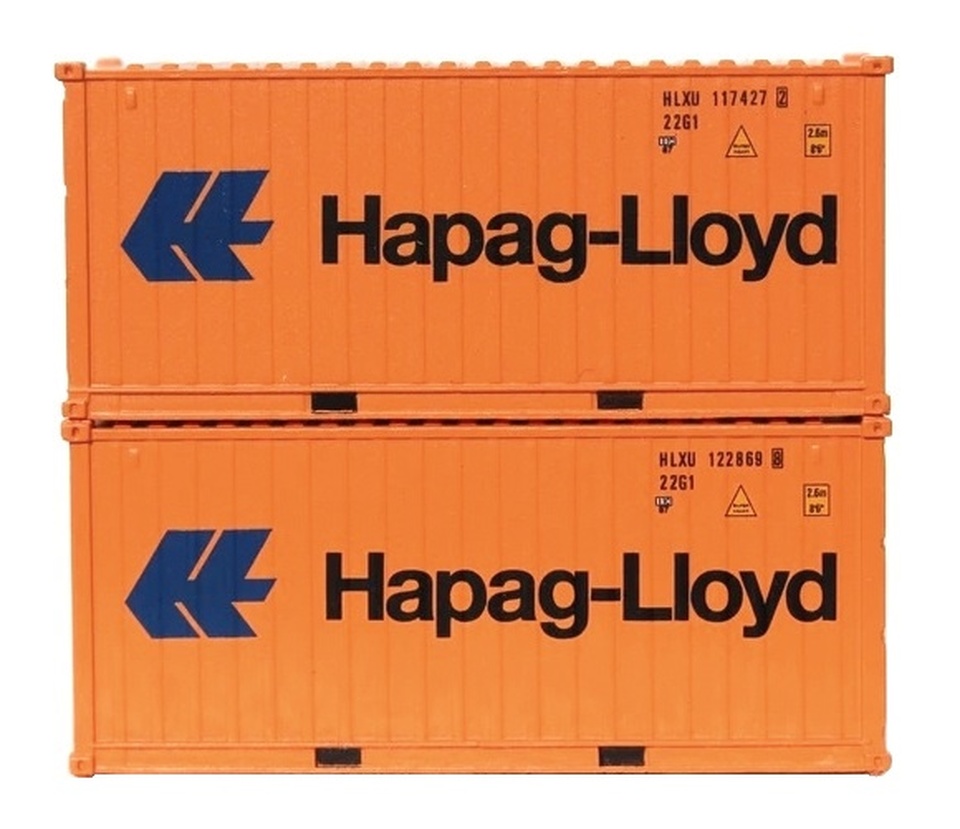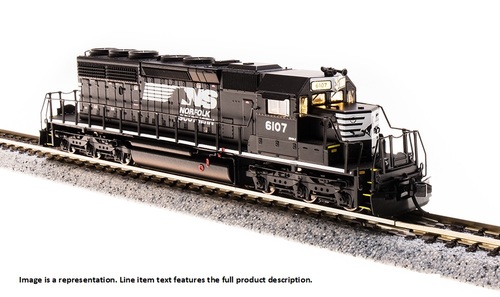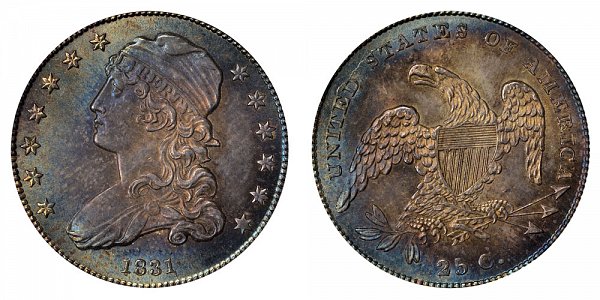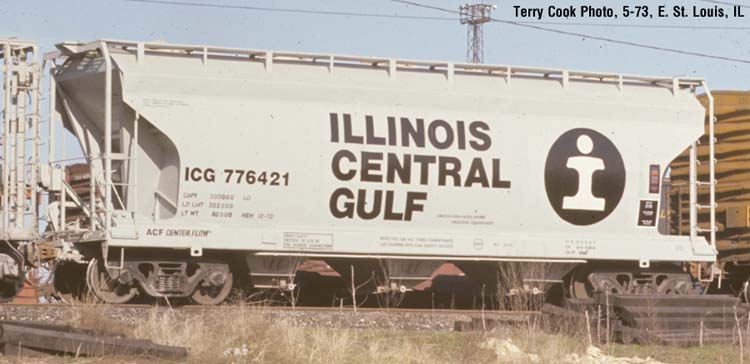Body Style Information: True scale dimensions with accurate details.
Weighted, detailed underframes.
Equipped with AccuMate® Knuckle Couplers.
Trucks equipped with free-rolling metal wheels.
Accurate painting and lettering.
Prototype Information: Covered hoppers such as these are used to transport any dry bulk material that you don't want exposed to the elements. Salt, fertilizer, some dry chemicals, and bauxite are common loads for this car. Over 200 were built from 1967 to 1972. The three-compartment ACF® 3560 Center Flow Covered Hopper was designed for the transport of high-density dry bulk ladings of 50 – 60 pounds per cubic foot. The 100-ton car was designed to fit into the smallest modern plate diagram dimensions, Plate B.
Road/Company Information: 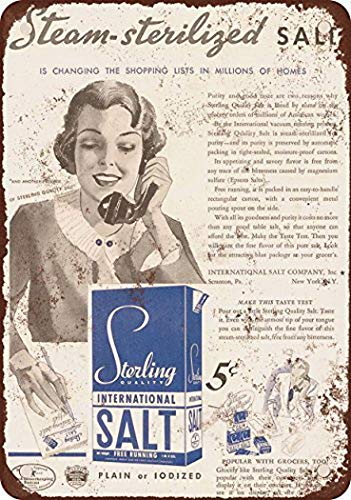 The International Salt Company incorporated on August 22, 1901, and in 1902, the company purchased the stock and assets of the National Salt Company, which had failed. By 1934, International Salt was a holding company for six subsidiaries: Avery Salt Company (West Virginia), Detroit Rock Salt Company (Michigan), Eastern Salt Company (Massachusetts), Independent Salt Company (New York), International Salt Company, Inc. (New York), and Retsof Mining Company (New York). All of the subsidiaries operated rock salt mines and evaporated salt plants and distributed salt. In 1940, the International Salt Company decided to sell four of its subsidiaries--Avery Salt Company, Detroit Rock Salt Company, International Salt Company, Inc., and Retsof Mining Company.
The International Salt Company incorporated on August 22, 1901, and in 1902, the company purchased the stock and assets of the National Salt Company, which had failed. By 1934, International Salt was a holding company for six subsidiaries: Avery Salt Company (West Virginia), Detroit Rock Salt Company (Michigan), Eastern Salt Company (Massachusetts), Independent Salt Company (New York), International Salt Company, Inc. (New York), and Retsof Mining Company (New York). All of the subsidiaries operated rock salt mines and evaporated salt plants and distributed salt. In 1940, the International Salt Company decided to sell four of its subsidiaries--Avery Salt Company, Detroit Rock Salt Company, International Salt Company, Inc., and Retsof Mining Company.
John M. Avery discovered rock salt at Petite Anse, Louisiana in 1862. Petite Anse Island was renamed Avery Island in the late 19th century. Ownership and mining of salt at Petite Anse involved numerous parties until 1886, when New Iberia Salt Company took over operations. In 1896, the Avery family began operating the mine, and they founded the Avery Rock Salt Mining Company. In 1899, the International Salt Company leased the mine.
The Detroit Salt and Manufacturing Company was founded in 1906. The company quickly went bankrupt during construction of a shaft and was acquired in 1910 by the Watkins Salt Company, which incorporated the new organization under the name Detroit Rock Salt Company. The company experienced success and the International Salt Company purchased the mine circa 1914. In 1983, International Salt closed the mine's operations and in 1985, Crystal Mines, Inc., purchased the mine as a potential storage site.
In 1885 the Empire Salt Company of New York was renamed the Retsof Mine Company, and the Village of Retsof was founded near the mine shaft. During the next 110 years, the mine grew to become the largest salt-producing mine in the United States and the second largest in the world. Before the initial collapse in March 1994, the mine encompassed an underground area of more than 6,000 acres, and the mine footprint (outer edge of mined area) extended over an area of nearly ten square miles. At the time of the collapse, the Retsof Mine was owned by Akzo-Nobel Salt Incorporated (ANSI) and, during the winter of 1993–1994 operated at full capacity to meet demands for road salt throughout the northeastern United States. The Retsof Mine ceased operations on September 2, 1995, and by December, twenty-one months after the initial collapse, the mine was completely flooded.
Sterling Salt was one of trademarks of The International Salt Company.

John M. Avery discovered rock salt at Petite Anse, Louisiana in 1862. Petite Anse Island was renamed Avery Island in the late 19th century. Ownership and mining of salt at Petite Anse involved numerous parties until 1886, when New Iberia Salt Company took over operations. In 1896, the Avery family began operating the mine, and they founded the Avery Rock Salt Mining Company. In 1899, the International Salt Company leased the mine.
The Detroit Salt and Manufacturing Company was founded in 1906. The company quickly went bankrupt during construction of a shaft and was acquired in 1910 by the Watkins Salt Company, which incorporated the new organization under the name Detroit Rock Salt Company. The company experienced success and the International Salt Company purchased the mine circa 1914. In 1983, International Salt closed the mine's operations and in 1985, Crystal Mines, Inc., purchased the mine as a potential storage site.
In 1885 the Empire Salt Company of New York was renamed the Retsof Mine Company, and the Village of Retsof was founded near the mine shaft. During the next 110 years, the mine grew to become the largest salt-producing mine in the United States and the second largest in the world. Before the initial collapse in March 1994, the mine encompassed an underground area of more than 6,000 acres, and the mine footprint (outer edge of mined area) extended over an area of nearly ten square miles. At the time of the collapse, the Retsof Mine was owned by Akzo-Nobel Salt Incorporated (ANSI) and, during the winter of 1993–1994 operated at full capacity to meet demands for road salt throughout the northeastern United States. The Retsof Mine ceased operations on September 2, 1995, and by December, twenty-one months after the initial collapse, the mine was completely flooded.
Sterling Salt was one of trademarks of The International Salt Company.
Brand/Importer Information: In 1924 Stephan Schaffan, Sr. founded the Atlas Tool Company in Newark, New Jersey. In 1933 his son, Stephan Schaffan, Jr., came to work for his father at the age of sixteen. Steve Jr. built model airplanes as a hobby and frequented a local hobby shop. Being an enterprising young man, he would often ask the owner if there was anything he could do to earn some extra spending money. Tired of listening to his requests, the hobby-store owner threw some model railroad track parts his way and said, "Here, see if you can improve on this".
Atlas has made a ton of wonderful products throughout the years and we often get questions one whether we have run a certain road name on a particular model. It should be noted that Atlas locomotives and rolling stock are greatly appreciated for their superior operating and running characteristics. Atlas products are also well known for their outstanding collectability not only due to their superior prototypical workmanship, details and decoration, but because there are relatively so few of them made. Each and every production run has been carefully built to market demand, meaning almost every piece in any given run is sold out by Atlas on arrival or shortly thereafter, thus creating a built in collectors market.
Atlas has made a ton of wonderful products throughout the years and we often get questions one whether we have run a certain road name on a particular model. It should be noted that Atlas locomotives and rolling stock are greatly appreciated for their superior operating and running characteristics. Atlas products are also well known for their outstanding collectability not only due to their superior prototypical workmanship, details and decoration, but because there are relatively so few of them made. Each and every production run has been carefully built to market demand, meaning almost every piece in any given run is sold out by Atlas on arrival or shortly thereafter, thus creating a built in collectors market.
Item created by: devsummers428 on 2020-01-15 12:50:07. Last edited by devsummers428 on 2020-05-07 00:00:00
If you see errors or missing data in this entry, please feel free to log in and edit it. Anyone with a Gmail account can log in instantly.
If you see errors or missing data in this entry, please feel free to log in and edit it. Anyone with a Gmail account can log in instantly.


